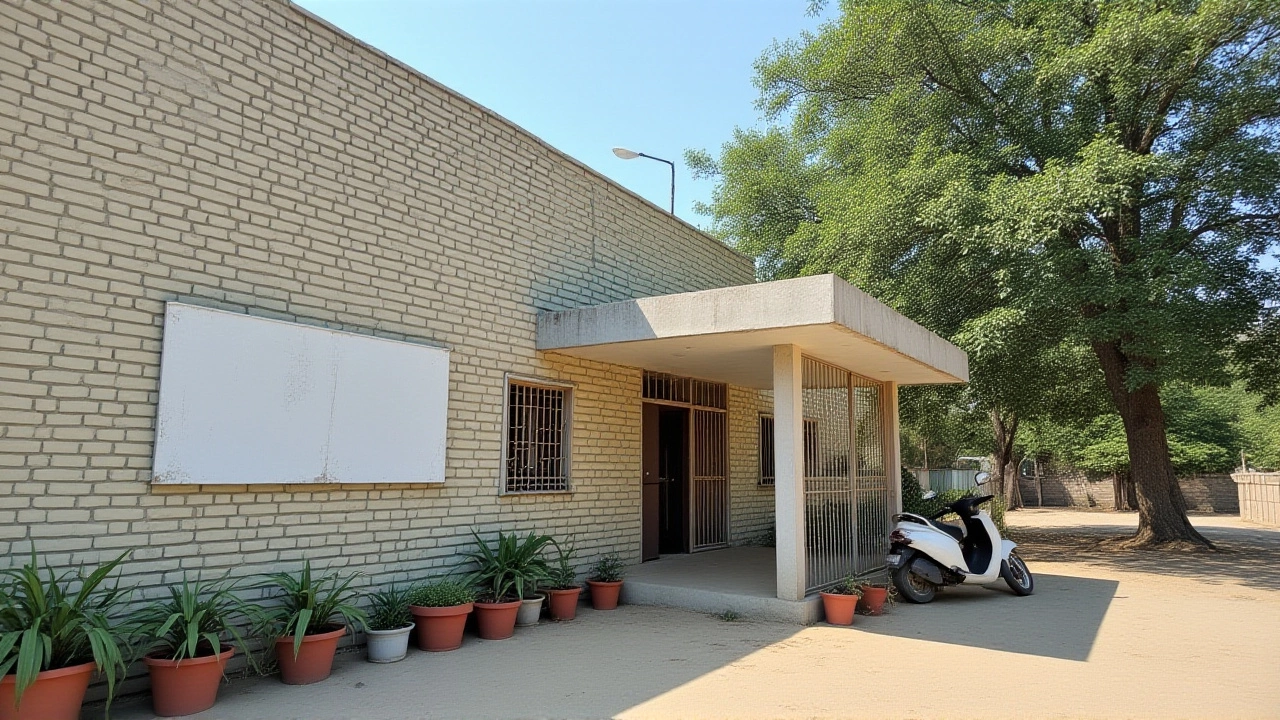Private Schools in India: What Parents Need to Know
When talking about private schools, independently run institutions that charge tuition and follow their own curricula while meeting government standards. Also known as independent schools, they shape a big part of the country’s education landscape. Private schools encompass tuition‑based education, so families often compare costs, quality and outcomes before deciding.
Private schools don’t operate in a vacuum. They sit inside a web of rules and incentives. education policy, rules set by state and central governments that determine how schools can teach, charge and expand directly influences class sizes, teacher qualifications and even the subjects offered. For example, recent amendments to the Right to Education act require private schools to reserve a percentage of seats for under‑privileged children, changing admission dynamics across the board. At the same time, compliance with GST regulations means any ancillary services—like transport or boarding—must be taxed appropriately, adding another layer of cost calculation for parents.
Understanding tuition fees, the amount families pay for instruction, facilities and extracurriculars is essential. Fees vary widely based on location, brand reputation and the breadth of facilities offered. In metropolitan hubs, annual fees can range from a few lakhs to over ten lakhs, while smaller towns may see lower brackets. Many schools now publish detailed fee structures, breaking down tuition, lab charges, and activity fees, which helps families plan budgets and avoid hidden costs. Admissions offices often provide scholarships or merit‑based discounts, linking fee policies to the broader education policy landscape.
The school curriculum, the set of subjects, assessment methods and learning outcomes a school follows is another decisive factor. Private schools can choose between national boards like CBSE and ICSE, or adopt international programs such as IB or Cambridge. Each curriculum brings its own style—CBSE focuses on science and mathematics, ICSE emphasizes depth in language and humanities, while IB promotes inquiry‑based learning. Parents often weigh how a curriculum aligns with higher education goals, career aspirations, and even overseas study plans.
Finally, government schemes, initiatives launched by central or state authorities to support education, scholarships and infrastructure can tip the scales. Schemes like the Mid‑Day Meal programme, scholarships for girl students, or tax deductions for tuition payments directly affect a private school's affordability and appeal. Some states also offer subsidies for schools that adopt digital classrooms or eco‑friendly infrastructure, which can improve the learning environment without raising fees. Keeping an eye on these programs helps families leverage financial aid and stay informed about policy shifts that might impact school choices.
All these pieces—policy, fees, curriculum and government support—interact to shape the private school experience. Below you’ll find a curated list of articles that dive deeper into related topics such as tax reforms, government initiatives, and real‑world examples of how private schools adapt to changing rules. Explore the collection to see how these factors play out across different regions and sectors in India.

Over 1,600 Private Schools Cited for RTE Admission Violations in Haryana, Gujarat & Punjab
Over 1,600 private schools in Haryana, Gujarat and Punjab face show‑cause notices for breaching RTE admission rules, threatening free education for thousands of EWS children.
Read More